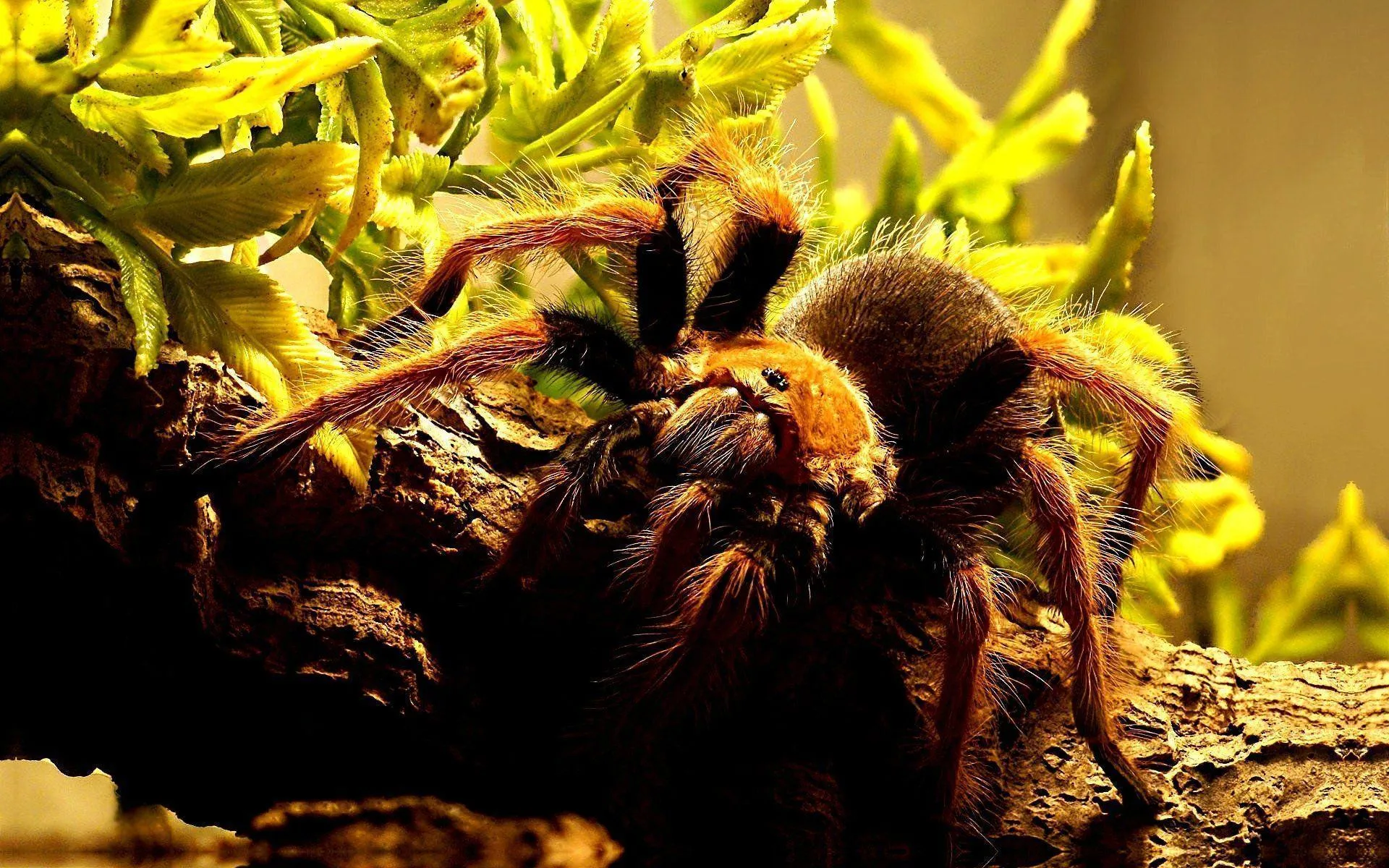4K Tarantulas Facts You Must Know
Tarantulas, those fascinating and often misunderstood creatures, are captivating the attention of nature enthusiasts and filmmakers alike. The advent of 4K technology has allowed us to appreciate these arachnids in unprecedented detail, revealing their intricate features and behaviors with stunning clarity. This article delves into the world of tarantulas, offering a comprehensive look at their biology, care, and the exciting possibilities of 4K filming. Prepare to be amazed by the beauty and complexity of these eight-legged wonders, as we uncover a wealth of facts that will change the way you perceive tarantulas.
What are Tarantulas?
Tarantulas are a group of large and often hairy spiders belonging to the Theraphosidae family. They are characterized by their size, with some species boasting leg spans of over 10 inches. Unlike many spiders, tarantulas are generally not considered dangerous to humans, although their bite can be painful. These creatures are found in various habitats around the world, from tropical rainforests to arid deserts. Their longevity is also remarkable; some tarantulas can live for decades, making them fascinating pets and subjects of scientific study. Their diverse appearances, behaviors, and habitats make them a captivating subject for observation and exploration, especially in the immersive detail of 4K.
Overview of Tarantula Species

The tarantula family encompasses hundreds of species, each with its unique characteristics. From the vibrant colors of the Gooty Sapphire Ornamental to the more subdued tones of the Chilean Rose Hair, the diversity is astonishing. Some tarantulas are terrestrial, living in burrows or under rocks, while others are arboreal, residing in trees. Understanding these variations is key to appreciating their ecological roles and adapting their care in captivity. Each species has evolved to thrive in a specific niche, showcasing nature’s incredible adaptability. Filming these different species in 4K highlights the nuances of their appearance, movement, and behavior, allowing for a deeper understanding of tarantula diversity.
Tarantula Habitats Around the World
Tarantulas inhabit a wide range of environments, reflecting their adaptability. They are primarily found in warmer regions, including South America, North America, Africa, Asia, and Australia. Their habitats vary from tropical rainforests, where high humidity and dense vegetation provide ideal conditions, to arid deserts, where they seek refuge in burrows to escape the scorching sun. The specific habitat influences the tarantula’s appearance, behavior, and diet. Documenting these diverse habitats in 4K offers a vivid glimpse into the natural world of tarantulas, showcasing their ability to thrive in varied and challenging conditions. Capturing the detail of the environment is just as important as filming the tarantula itself, setting the scene for a more immersive viewing experience.
Tarantula Appearance and Features
Tarantulas are easily recognized by their large size, hairy bodies, and eight legs. Their bodies are divided into two main parts: the cephalothorax (head and thorax fused) and the abdomen. The cephalothorax houses the eyes, mouthparts, and legs, while the abdomen contains the internal organs. Their coloration varies widely, from the vibrant reds and oranges of the Mexican Red Knee to the more subtle browns and blacks. Some tarantulas have urticating hairs, which they can flick off their abdomens as a defense mechanism. The ability to see these details in 4K allows viewers to appreciate the intricate patterns and textures of their bodies, from the fine hairs to the powerful chelicerae.
Detailed Look at Tarantula Anatomy
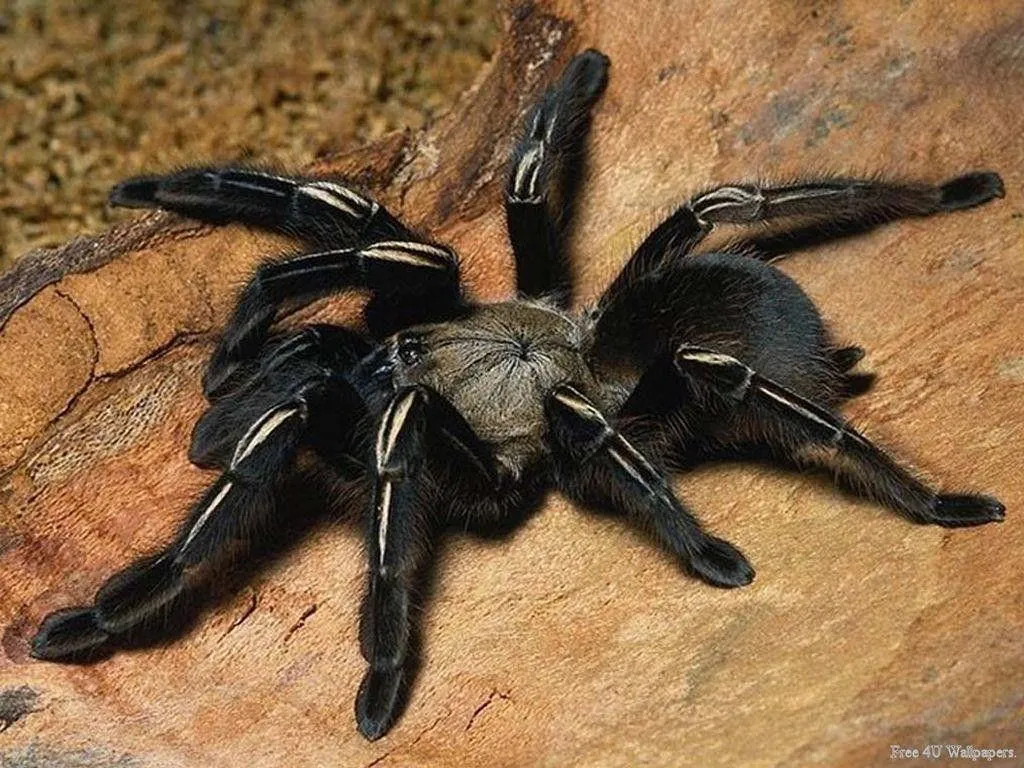
A closer look at tarantula anatomy reveals a complex structure designed for survival. Their eight legs are covered in sensory hairs, allowing them to detect vibrations and navigate their surroundings. The chelicerae, or fangs, are used to inject venom into prey. Tarantulas have book lungs, which are respiratory organs that allow them to breathe. Their exoskeletons provide protection and support, and must be shed (molted) as the tarantula grows. Understanding the internal and external anatomy of tarantulas provides a deeper appreciation for their functionality and resilience. Detailed 4K footage can highlight these structures, such as the intricate patterns of the book lungs or the razor-sharp tips of the fangs, offering a unique insight.
Tarantula Behavior and Characteristics
Tarantulas exhibit a range of behaviors, from patient ambush predators to active hunters. Their behavior is heavily influenced by their environment and the species. Some are docile and slow-moving, while others are more skittish and defensive. They use their silk to create webs for shelter, prey capture, or to line their burrows. Their interactions with prey, mates, and their environment can be fascinating to observe. Documenting these behaviors in 4K captures the subtle nuances of their movements, reactions, and social interactions. This high-resolution footage allows viewers to analyze these complex behaviors and understand the tarantula’s role in its ecosystem.
Tarantula Diet and Feeding Habits
Tarantulas are primarily carnivorous, feeding on insects, small vertebrates, and occasionally other invertebrates. Their diet varies depending on their size and the availability of prey in their habitat. They use their venom to immobilize their prey, and then they inject digestive enzymes to break down the food. The entire feeding process, from the initial strike to the consumption of the prey, can be captured in stunning detail with 4K cameras. This footage provides insight into the tarantula’s hunting skills and their methods of acquiring sustenance. Observing these feeding habits is both educational and captivating, revealing the raw nature of these predators.
What Do Tarantulas Eat?
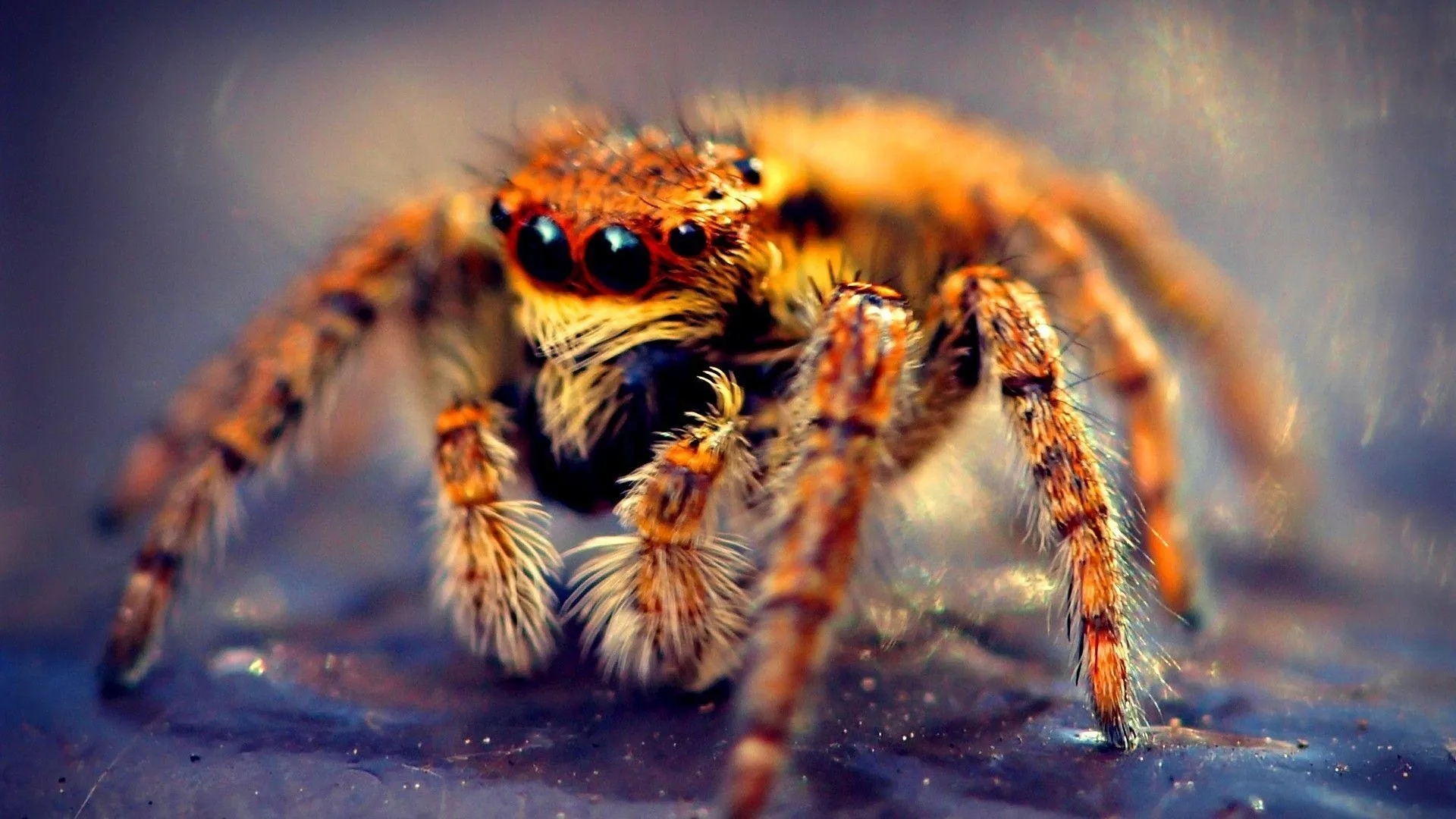
The diet of a tarantula generally consists of insects such as crickets, mealworms, and roaches, which are the staple food items in captivity. Larger species can also consume small vertebrates like mice, lizards, and even small birds. The size of the prey depends on the size and the appetite of the tarantula. In the wild, they might also prey on other invertebrates like beetles or other arachnids. Capturing the variety of prey items in 4K footage is key to understanding their dietary needs and feeding preferences, which in turn informs responsible care practices. It is a good reminder that they are important parts of their ecosystem.
How Often Do Tarantulas Eat?
The frequency of feeding varies depending on the tarantula’s age, size, and metabolism. Spiderlings (young tarantulas) typically need to be fed more often, sometimes every other day, while adults can go for weeks or even months without eating, especially before a molt. Feeding frequency is also impacted by environmental factors like temperature and humidity. The key is to provide a balanced diet that fulfills the needs of the tarantula species and stage of life. Detailed 4K videos can document the feeding process, allowing pet owners to monitor their tarantula’s appetite and health, providing insight into their care.
Tarantula Life Cycle Explained
Tarantulas have a fascinating life cycle that includes several stages, from egg to adult. The process begins with mating, where the female produces an egg sac containing hundreds or even thousands of eggs. The spiderlings hatch and undergo a series of molts as they grow, shedding their exoskeletons to accommodate their increasing size. The adult stage is reached after several years, and the tarantula will continue to molt throughout its life. Capturing these developmental changes in 4K provides an awe-inspiring view of the lifecycle. From the tiny spiderlings to the magnificent adults, this provides a beautiful glimpse into the lifecycle of tarantulas, showcasing their growth.
From Egg Sac to Adult Tarantula
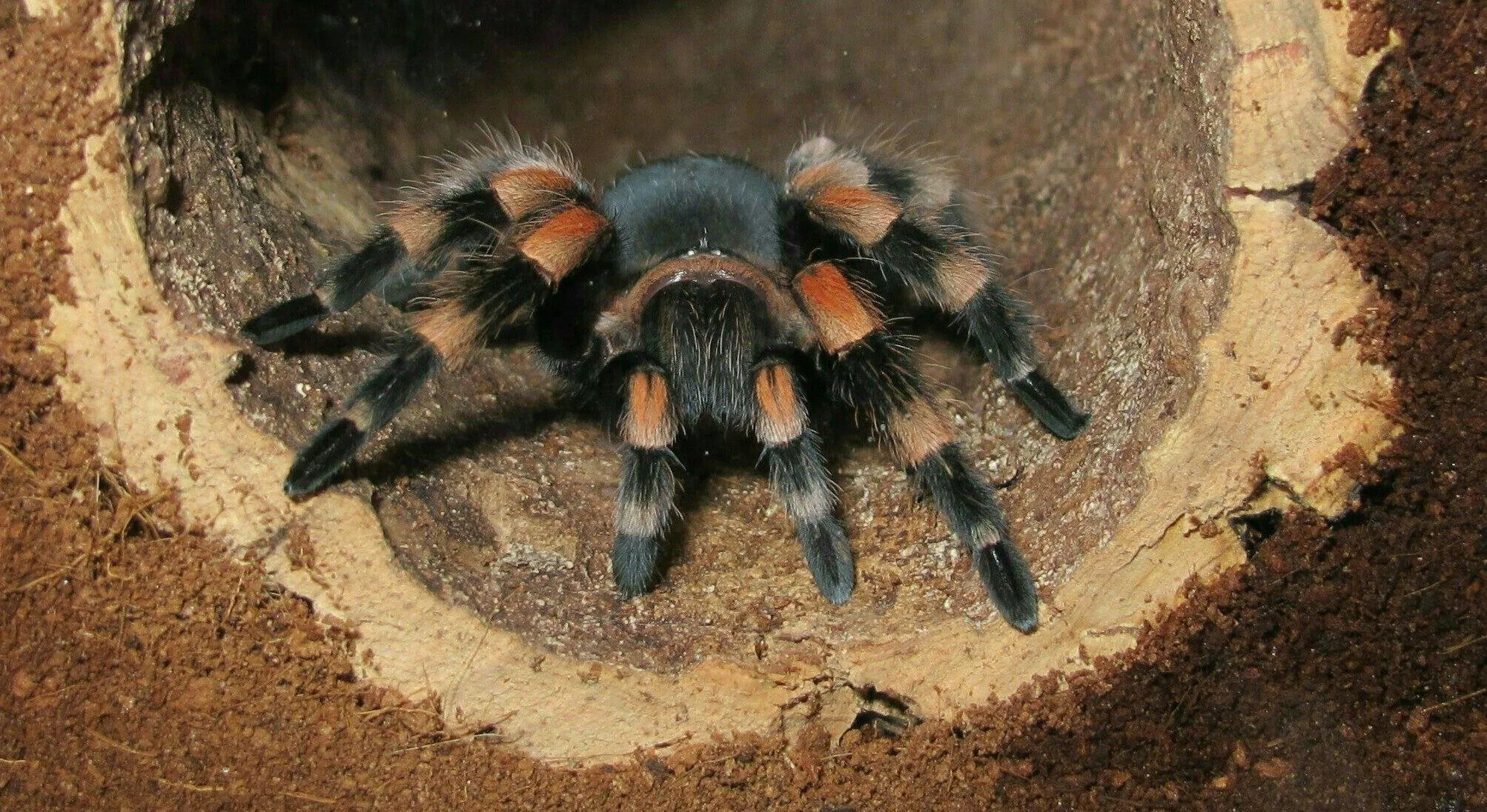
The journey from an egg sac to a mature tarantula is a long and transformative process. The female tarantula creates an egg sac, carefully guarding and protecting the eggs. Once the spiderlings hatch, they are tiny and vulnerable, undergoing several molts as they mature. Each molt signifies growth, with the tarantula shedding its old exoskeleton to reveal a new, larger one. These molts can be a precarious time, where the tarantula is especially susceptible. The final molt indicates the adulthood and sexual maturity. The time from egg to adult varies greatly depending on the species and living conditions. Recording this in 4K allows the detailed time-lapse analysis of the complete lifecycle, from egg to adult, in stunning detail.
Molting Process in Tarantulas
Molting is a critical aspect of a tarantula’s life cycle. As the tarantula grows, it sheds its exoskeleton to allow for expansion. The molting process can take several hours, during which the tarantula is particularly vulnerable. The new exoskeleton is soft and pliable at first, gradually hardening over time. The entire process, including the precise movements involved in shedding the old exoskeleton, can be captured in 4K, providing a rare insight into this fascinating biological event. The camera can document the entire process from start to finish, revealing the intricate mechanics of molting with incredible clarity.
Tarantula Care and Keeping Tips
Keeping tarantulas as pets requires careful attention to their specific needs. Providing a suitable enclosure, maintaining the correct temperature and humidity levels, and ensuring access to fresh water are essential. The enclosure should be appropriately sized for the species, with suitable substrate for burrowing or climbing. The tarantula should be fed a diet of insects, with the frequency depending on its age and the species. Handling should be minimized, as it can stress the tarantula and potentially lead to injury. Understanding the individual needs of each species is vital to their well-being. Informative 4K videos can guide new owners through all aspects of tarantula care, from setup to feeding and maintenance.
Setting up a Tarantula Enclosure
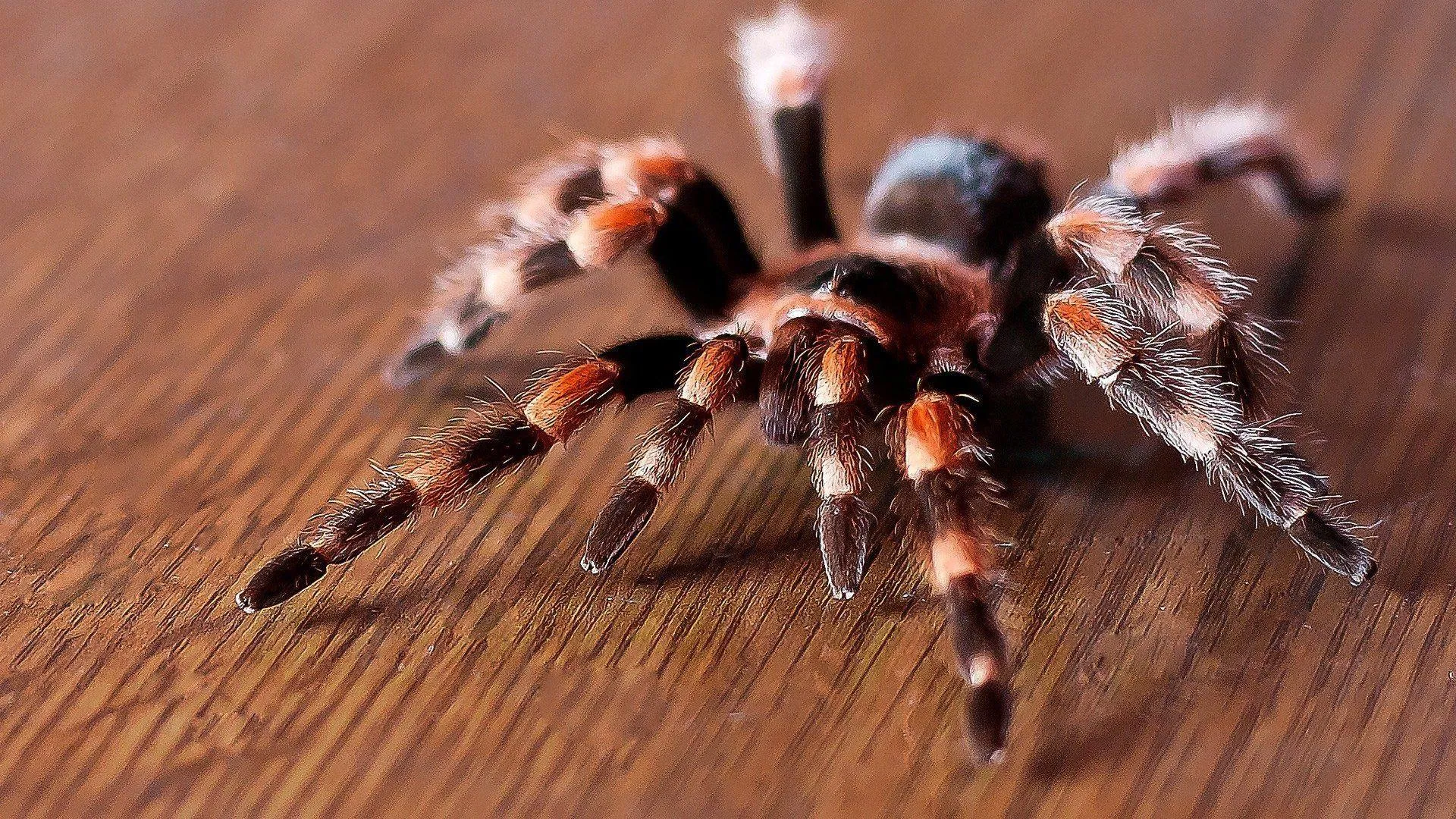
The setup of a tarantula enclosure is an essential aspect of their care. A proper enclosure should be escape-proof and provide a suitable environment that meets the needs of the specific species. The enclosure should be the right size, with adequate ventilation and appropriate substrate. It is important to include hiding places such as cork bark or artificial plants, allowing the tarantula to feel secure. The substrate should be appropriate for the tarantula’s burrowing habits. A water dish should be provided to ensure a constant supply of fresh water. Good 4K footage demonstrates the correct ways to set up different types of enclosures, showcasing effective methods and helping to create a healthy, happy environment for your tarantula.
Maintaining Humidity and Temperature
Maintaining the correct humidity and temperature levels is crucial for the health of a tarantula. The needs vary depending on the species and its natural habitat. A hygrometer can be used to monitor humidity, and a thermometer to measure temperature. Regular misting with water or using a substrate that retains moisture can help to maintain the correct humidity. The temperature should be maintained within a safe range. These can be easily demonstrated in 4K, guiding pet owners through the necessary steps to ensure their tarantulas thrive in a comfortable environment. Good care ensures a healthy tarantula.
Handling and Interacting with Tarantulas
While many tarantulas are docile, handling should be approached with caution. It is recommended to minimize handling, as it can stress the tarantula and potentially lead to injury. Tarantulas are delicate creatures, and a fall could result in a fatal injury. If handling is necessary, it should be done carefully and slowly, using gentle movements. It is important to be aware of the tarantula’s defense mechanisms, such as urticating hairs. Good 4K footage provides a clear picture of safe handling techniques, teaching the viewers about the tarantula’s body language. If you are a beginner, seek advice from the experienced keepers.
Common Tarantula Species in 4K

Several tarantula species are popular choices for keeping as pets. Each species has its unique characteristics, making them a fascinating choice for both beginner and experienced keepers. Some of the most popular species include the Mexican Red Knee Tarantula, the Chilean Rose Hair Tarantula, and the Gooty Sapphire Ornamental. The beauty of each species can be captured perfectly in 4K, with the vivid colours and intricate details. These high-resolution images can showcase the variations in appearance, size, and behavior. This footage can attract new keepers.
Mexican Red Knee Tarantula
The Mexican Red Knee (Brachypelma hamorii) is one of the most popular tarantula species. They are known for their striking coloration, with black legs and vibrant red markings on their “knees” (actually the patella). This species is relatively docile, making it a good choice for beginners. They are terrestrial, meaning they live on the ground and create burrows. In 4K, their colors look beautiful. The texture of their hairs and the small movements of their legs add to the visuals.
Chilean Rose Hair Tarantula
The Chilean Rose Hair (Grammostola rosea) is another popular choice. They are known for their gentle temperament and hardiness, making them ideal for beginners. They are generally a brown or tan color with pinkish hairs. They are also terrestrial and relatively slow-moving. This tarantula is often more affordable than other species. Capturing them in 4K allows one to focus on the subtle shades and textures. In the videos, you can observe the subtle color variation and behaviors.
Gooty Sapphire Ornamental Tarantula

The Gooty Sapphire Ornamental (Poecilotheria metallica) is a beautiful and highly sought-after species. They are arboreal, meaning they live in trees and are known for their stunning blue and white markings. This species is more aggressive and should be handled by experienced keepers. This species’ striking colors and patterns come alive in 4K. The fine details of their legs and the way the colors reflect light add to the visual experience.
Tarantula 4K Filming Techniques
Filming tarantulas in 4K requires specialized techniques to capture the best footage. The camera equipment should include a high-resolution 4K camera, a macro lens for close-up shots, and proper lighting. It is important to have a stable setup, such as a tripod, to avoid blurry footage. Patience is also crucial, as you will need to spend time observing the tarantulas to capture their behaviors. Good 4K footage relies on both technical skill and careful preparation. Capturing the behaviours and nuances of these arachnids takes time. Detailed, well-lit footage provides viewers with an immersive experience.
Best Equipment for 4K Tarantula Videos
To produce high-quality 4K tarantula videos, the right equipment is essential. A high-resolution 4K camera is the first requirement, ideally with adjustable settings for frame rates and ISO. A macro lens is necessary to capture the intricate details of the tarantulas. Additional lighting, such as LED panels or ring lights, helps to illuminate the subject. A tripod provides stability. Consider a quality external microphone to capture the sounds. Investing in the best equipment ensures the highest-quality footage. It guarantees the best possible visuals and audio.
Tips for Capturing Tarantula Behavior
Capturing tarantula behavior requires patience and understanding of their habits. The best shots are often obtained by observing the tarantula in its natural environment. Try to anticipate their movements and be prepared to capture them in action. Use slow-motion to highlight the subtle details of their actions. Good lighting is essential to capture the details of the tarantula. Record the videos in a quiet environment to avoid interference from background noise. These careful observations add up to great results.
Safety Precautions in Tarantula Filming
Safety should be the top priority. It is crucial to maintain a safe distance from the tarantulas to avoid being bitten or exposed to their defense mechanisms, such as urticating hairs. Always handle tarantulas with caution and avoid sudden movements that might provoke them. Ensure the enclosures are properly secured to prevent escapes. Before filming, do your research. Knowledge is key to safely working with tarantulas. Always prioritize your safety and the well-being of the tarantula during filming. Filming should be done with respect for the animal.
